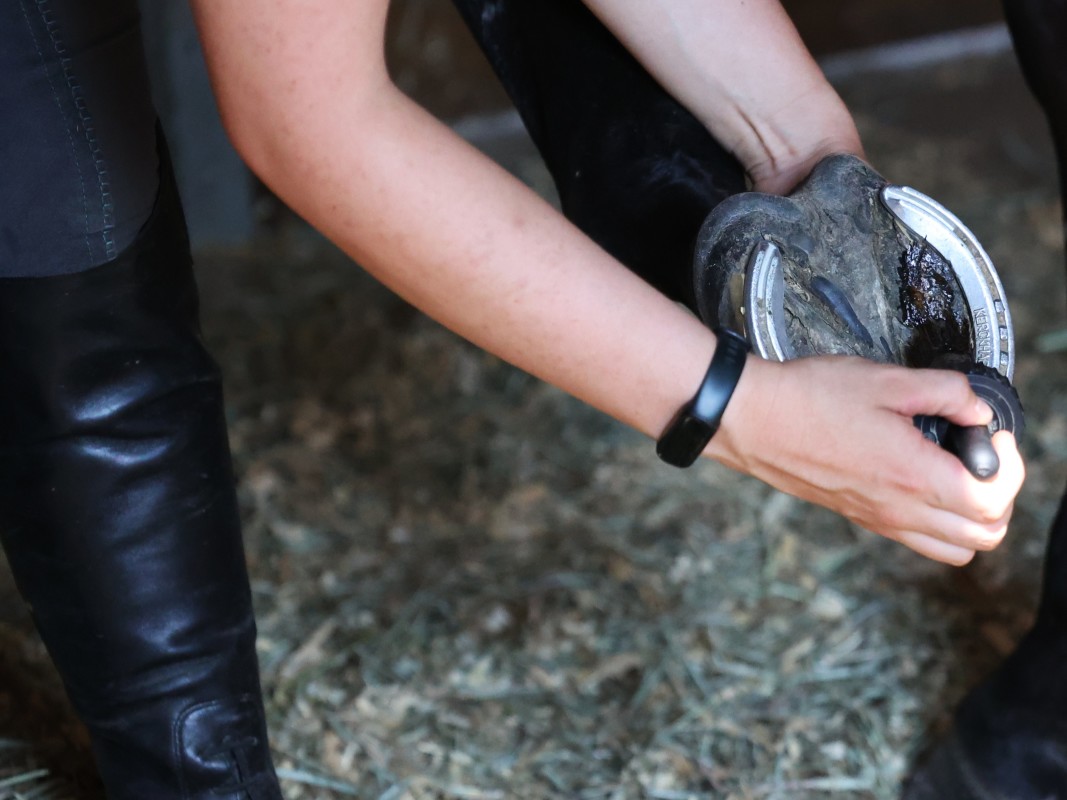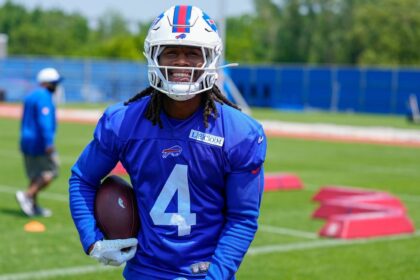The OTTB Training Toolkit: Foot Care Transition, brought to you by Doc Lane’s pharmacy and first featured in the Paulick Report, highlights the critical roles of hoof management during the transition of thoroughbreds from racing to life off the track. The key to a smooth and comfortable transition lies in careful attention to the horse’s feet, as early decisions can impact veterinary costs, the horse’s comfort, and the owner’s ease during this significant change.
A strong partnership with an experienced farrier familiar with thoroughbreds is essential. Unlike the traditional method of simply pulling off shoes, which often leads to costly and sometimes irreversible problems, a thoughtful, gradual transition is preferable. Many thoroughbreds do well going barefoot, but success depends on hoof quality, intended use, and knowledgeable care from both the farrier and caretaker.
To illustrate, imagine a runner used to cushioned shoes suddenly going barefoot on rough, uneven farm terrain. The initial discomfort and protective body responses mirror what a horse experiences when moving from smooth racetrack surfaces to variable farm grounds. Racehorses usually wear shoes on all four feet on soft or well-maintained surfaces, but transitioning to rugged environments requires a different approach.
Step-by-step, the author prefers removing the back shoes first while keeping front ones temporarily, replacing race plates with sturdier steel shoes suitable for off-track life. Sedation during early farrier visits may be necessary to ensure safety and reduce stress. Pads or adhesives on front shoes can protect horses with thin walls or soles, preventing more serious hoof issues.
As weeks and months pass, horses are gradually introduced to herd life, still often wearing front shoes to avoid injury during social interactions. Hoof shapes often need reshaping for different uses off-track, a process that should be supervised by a farrier who monitors workload and hoof condition to decide on shoeing strategies.
Troubleshooting includes adding biotin supplements for hoof health, applying hoof hardeners or paints to protect the feet, and using protective hoof packs if shoes are lost. Persistent hoof pain should prompt veterinary x-rays to rule out deeper issues. Summer brings fly-related hoof damage, so using spray repellents or protective footwear can help maintain hoof integrity.
This guidance underscores the importance of attentive, patient hoof care in helping retired racehorses successfully adapt to new careers and lifestyles.
Fan Take: This detailed approach to hoof care is crucial for the welfare of retired racehorses, ensuring they transition comfortably and stay sound for new disciplines. For horse racing fans, it emphasizes the responsibility of supporting aftercare programs that preserve the health and happiness of these athletes post-racing, ultimately benefiting the reputation and sustainability of the sport.



